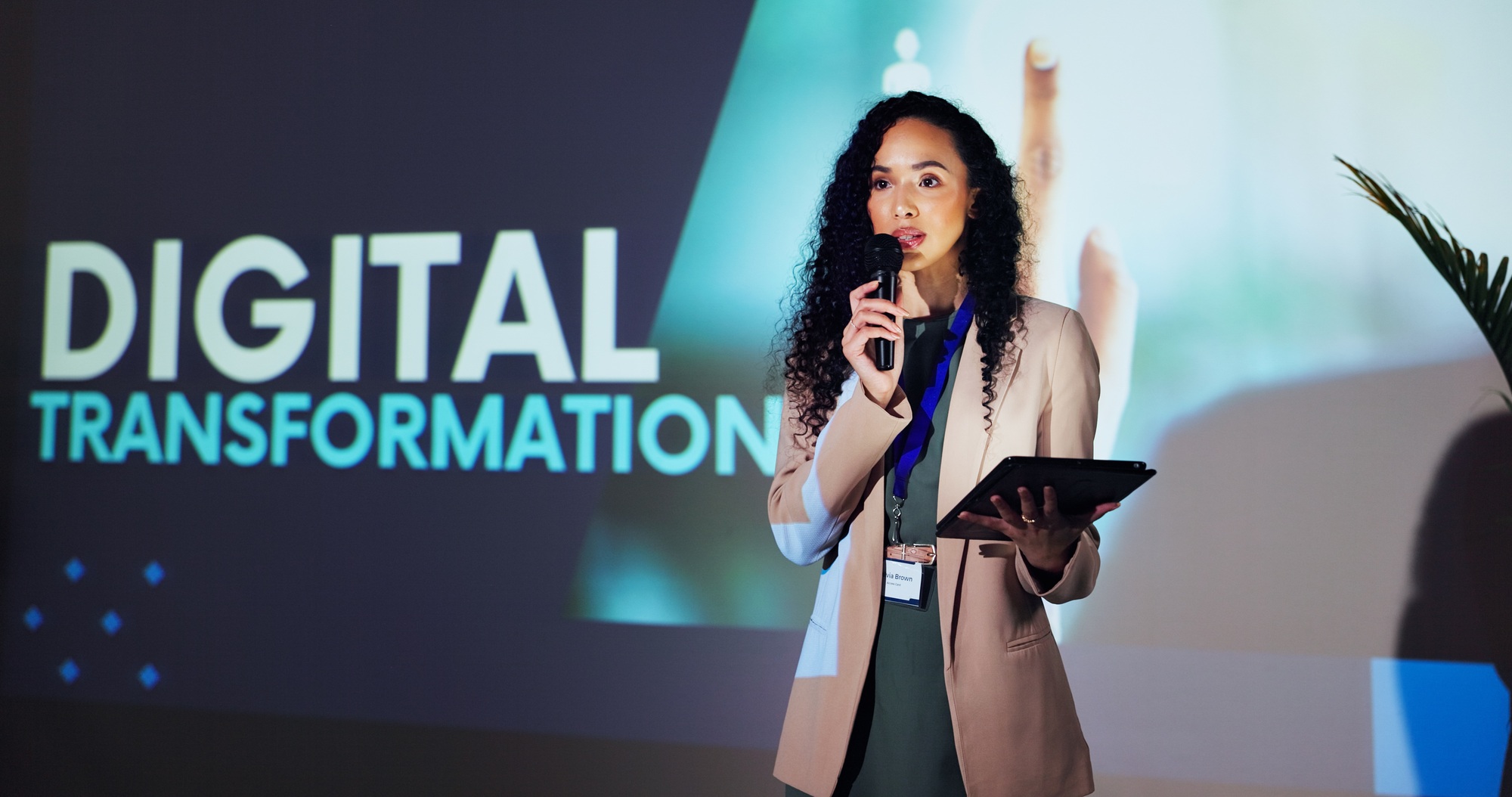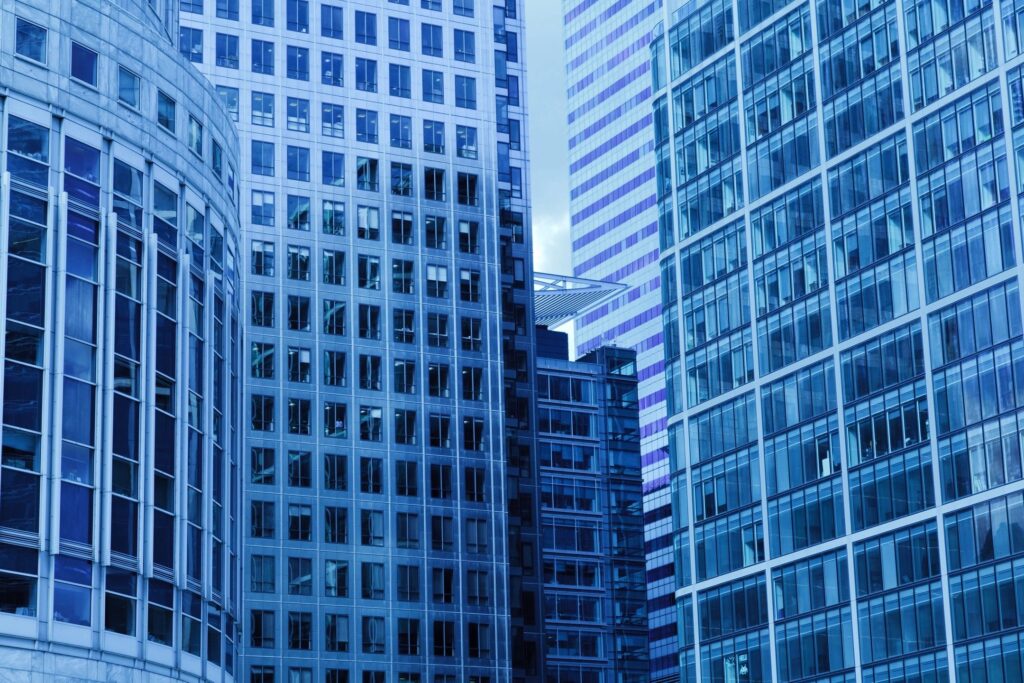In today’s digital era, artificial intelligence is not just transforming industries—it’s reshaping our very perception of reality. At a recent AI summit, French President Emmanuel Macron captivated audiences by demonstrating deepfake technology, a move that has ignited discussions about the incredible potential and serious challenges posed by synthetic media. This blog post explores the technology behind deepfakes, their promising applications, the risks they entail, and what steps we can take as a society to navigate this new frontier.

Understanding Deepfakes: The Technology Behind the Illusion
What Are Deepfakes?
Deepfakes are hyper-realistic videos or audio clips generated by artificial intelligence that mimic the likeness and voice of real individuals. Utilizing advanced machine learning techniques—particularly generative adversarial networks (GANs)—these tools can create synthetic media that is almost indistinguishable from authentic recordings.
How Deepfakes Are Made
- Data Gathering: The process begins with collecting numerous images, video clips, and audio samples of the person to be imitated.
- Training the AI: GANs work by pitting two neural networks against each other: one generates fake content, while the other evaluates its authenticity. Over time, this rivalry hones the generator’s ability to produce convincing imitations.
- Integration: Finally, the synthesized content is edited and refined to blend seamlessly into a new context, making the manipulated media both compelling and, at times, alarmingly realistic.
Macron’s Demonstration: A Bold Call to Action
At the AI summit, President Macron took center stage by showcasing how deepfake technology could alter public perception. His demonstration was not a celebration of the technology per se but a clarion call for urgent discussion and regulation. By using his own image and voice, Macron illustrated that while deepfakes can fuel innovation in entertainment and education, they also carry significant risks—such as political manipulation, misinformation, and erosion of trust in media.
Opportunities and Risks: Balancing Innovation with Responsibility
The Bright Side of Deepfakes
Entertainment and Creative Arts:
Deepfakes are revolutionizing the film and media industries by enabling directors to create breathtaking visual effects and historical reenactments without the constraints of traditional methods. Digital artists are also exploring new creative avenues, blending reality with artistic expression.
Education and Training:
In controlled environments, synthetic media can produce immersive learning experiences and realistic simulations. Whether it’s training medical professionals or creating interactive historical documentaries, deepfakes have the potential to make education more engaging and effective.

The Dark Side of Deepfakes
Misinformation and Political Risks:
The same technology that entertains can also be weaponized. Deepfakes can manipulate public figures into saying or doing things they never did, potentially swaying political opinions and undermining democratic processes.
Privacy and Ethical Concerns:
The unauthorized use of an individual’s image raises profound ethical and legal issues. Without proper regulation, deepfakes could lead to defamation, identity theft, and a general breakdown in trust toward digital media.
The Challenge of Verification:
As deepfakes become more sophisticated, distinguishing between genuine and synthetic content grows increasingly difficult. This blurring of lines threatens the credibility of digital information, posing a significant challenge for journalists, educators, and policymakers.
Looking Ahead: Navigating the New Digital Landscape
The future of deepfake technology lies in finding the right balance between innovation and safeguarding societal values. Here are some crucial steps that can help steer this evolution responsibly:
- Enhance Digital Literacy: Educating the public on recognizing deepfakes is essential. Schools, communities, and media outlets need to promote digital verification skills to help individuals discern fact from fiction.
- Develop Robust Detection Tools: Investing in AI-driven detection methods can keep pace with the rapid advancement of synthetic media. New algorithms that spot subtle inconsistencies in deepfake videos are already in development and will be critical in maintaining media integrity.
- Establish Comprehensive Regulations: Policymakers must work together—across borders—to develop legal frameworks that address both the creative potential and the dangers of deepfakes. International cooperation, combined with technology-specific legislation, will be key to protecting privacy and ensuring accountability.
Macron’s deepfake demonstration at the AI summit has spurred a global dialogue about the future of synthetic media. As we step into this new digital landscape, the challenge remains clear: harness the incredible potential of AI without compromising the trust and security that underpin our society.

Frequently Asked Questions
1. What exactly is a deepfake and how is it created?
Deepfakes are synthetic media—videos or audio clips—that use AI, particularly generative adversarial networks (GANs), to replicate the appearance and voice of real people. The process involves gathering extensive data, training neural networks to generate realistic content, and refining the output to produce convincing fakes.
2. Why did President Macron demonstrate deepfakes at the AI summit?
Macron’s demonstration was intended to highlight both the innovative applications and the potential dangers of deepfake technology. By showing how easily his own image could be manipulated, he underscored the urgent need for improved detection tools, stricter regulations, and broader public awareness to prevent misuse.
3. What measures can society take to mitigate the risks associated with deepfakes?
To combat the negative impacts of deepfakes, society can:
- Promote digital literacy: Educate the public on identifying and verifying digital content.
- Invest in technology: Develop and deploy advanced AI tools to detect synthetic media.
- Implement regulations: Create robust, internationally coordinated legal frameworks that protect privacy and prevent malicious uses of deepfake technology.
As we navigate this new frontier in synthetic media, it’s clear that deepfakes represent both a remarkable technological breakthrough and a formidable challenge. By fostering informed dialogue, advancing detection technologies, and implementing thoughtful regulation, we can embrace the creative potential of deepfakes while safeguarding our digital future.
Sources BBC


